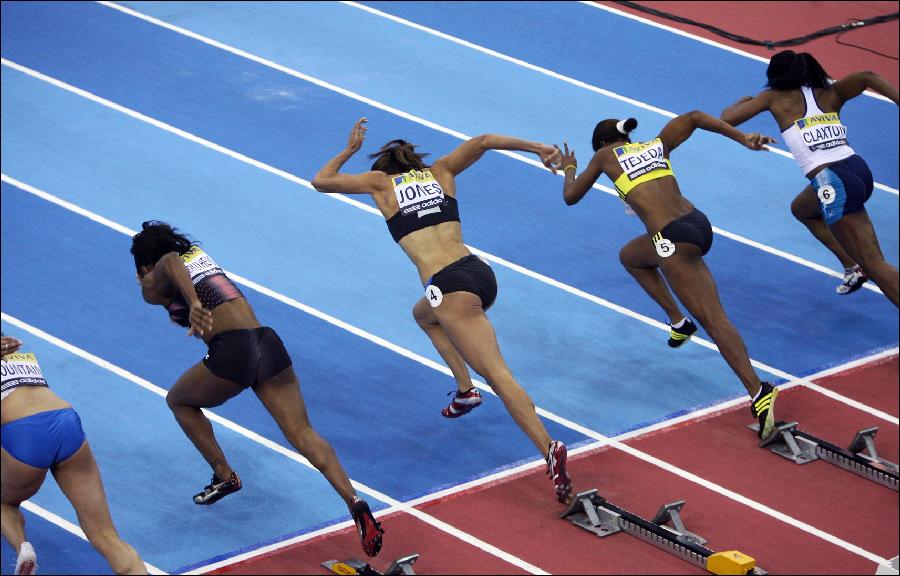Goal setting is the process of identifying what an athlete wants to achieve. Establishing goals during the first consultation enables the nutritionist to develop a programme that will deliver the athletes desired outcome. This is important for both athlete and nutritionist as it defines the scope of what is required, and how it can be achieved.

By setting, specific, measurable, attainable, realistic, and timely (SMART) goals, both athlete and nutritionist, can use them as a motivational tool, and as a means of holding each other accountable. Goal setting ensures that the prescribed programme stays on track, and instils confidence in the athlete that the process is working and ultimately achievable. Specific goals will also allow the nutritionist to track progress and adjust the programme if, or when, required.
When designing a goal led programme the nutritionist should consider incorporating the various types of goals available. Physical, health, and behaviour goals are the most applicable since nutrition and lifestyle affect both.

Physical goals are used to identify a goal that is both specific and measurable. This could be setting a weight loss goal – a set amount in a certain time frame – for example, losing 4 pounds in three weeks; or a performance goal – increasing running pace from 7 minutes to 6 minutes and 30 seconds per mile over a period of ten weeks.
Health goals are used to identify and improve a specific health related concern of the athlete. This could include a reduction in body weight, lowering of blood pressure, or alleviating stress. Health goals are often a side effect of the athlete’s overall success. For example, the weight loss, and the improved running time set in the physical goal, may also help the athlete achieve weight loss and lower blood pressure, as set as health goals.
Behaviour goals aim to rectify a specific behaviour that the athlete wishes to change. This may include changing their hydration strategy during a long endurance event from plain water to an isotonic drink, or implement an evening exercise regime rather than sitting on the couch watching the TV.
During the goal setting process the nutritionist should follow these seven steps:
- Determine the desired result and willingness to do the work to achieve it
- Create a SMART goal
- Write the goals down
- Create a plan of action
- Establish a timeline
- Act
- Revaluate and assess progress

Determining the desired result and the athlete’s willingness to achieve the goal is the first and most important step in the process. Identifying the goal will enable the nutritionist to plan a specific course of action, however, the goal will only be realized if the athlete buys in to it, and is both committed and motivated enough to achieve it. The nutritionist can use open-ended questions to encourage the athlete to discuss openly what they want to achieve. This type of questioning will also give the nutritionist an insight into the attitude and determination of the athlete to achieve their goal. Throughout the process the nutritionist should apply the principles of motivational interviewing – a counselling approach used to elicit behaviour change through resolving ambivalence. The nutritionist should resist from telling the athlete what they should do, instead try to understand their values, needs and motivations. The nutritionist should listen with empathy and aim to gain an understanding of the situation from the athlete’s perspective. Above all the nutritionist should empower the athlete to set goals that are attainable, and encourage them to achieve them in a self-sufficient and autonomous manner.
By setting SMART goals, the second step in the process, both the athlete and nutritionist are clear about what they are trying to achieve, and what is required to do it. SMART goals set out the scope at the beginning of the process and ensure that the athlete’s aims can be achieved in a realistic and timely manner. At this stage the athlete and nutritionist can discuss and agree on specific aspects of the goal being set, including the type of goal, and details, for example, about the amount of weight to lose and how long it will take.
Once the goals have been agreed they should be written down, with both the athlete and nutritionist keeping a copy. Writing the goals down acts like a contract between the athlete and nutritionist, they provide the details and scope of what they are trying to achieve. The written goals also remove any ambiguity about what is required to be done, it also keeps them realistic and provides a focus that prevents the scope from drifting away from its original path. Written goals also make them easier to refer to, and as such, makes them easier to evaluate and, if required, adjust.
The fourth and fifth steps is where the nutritionist develops the programme to realize the goal. A clear plan with specific activities, objectives, and a realistic timeline, will keep the athlete motivated and focused on reaching the target or making the desired change. The plan provides the onus for the athlete to act in a manner that will result in their goal being achieved. The plan also allows the nutritionist to monitor and assess the progress of the athlete against the stated objectives and targets, equally, it gives the nutritionist the information needed to adjust or revaluate the programme if or when required.
By following the seven steps of the goal setting process it gives athlete and nutritionist a clear direction on how best to achieve the athlete’s goals in a structured, organized, and collaborative manner.
Words: Ian McHarg
Images: Public Domain
Sources: International Sports Science Association

